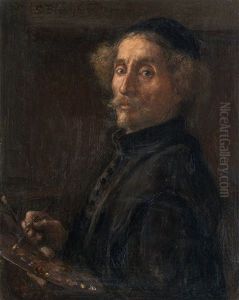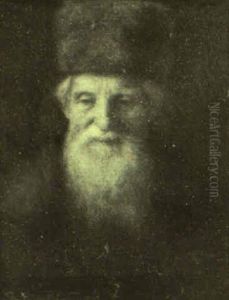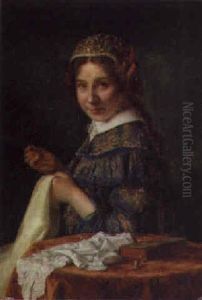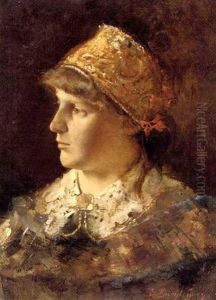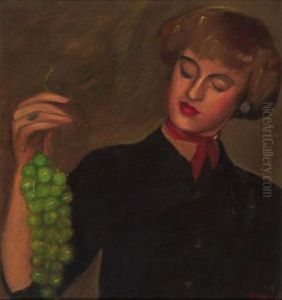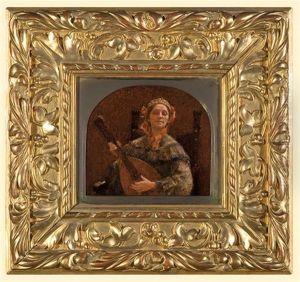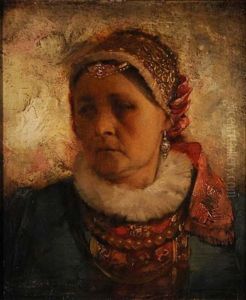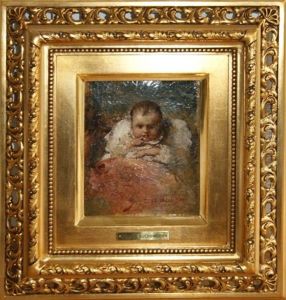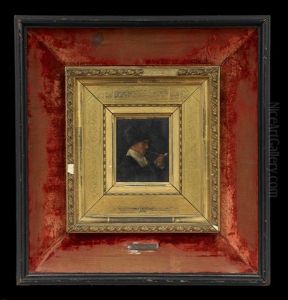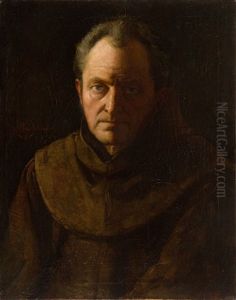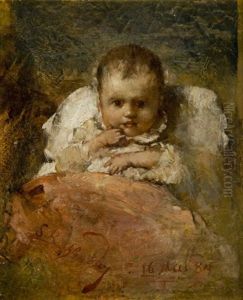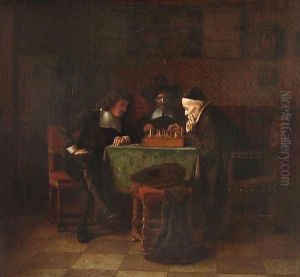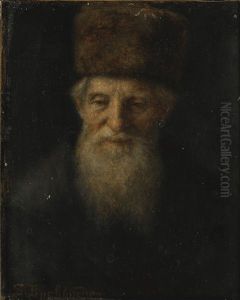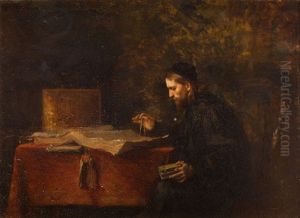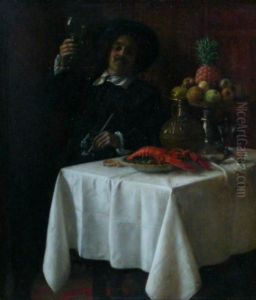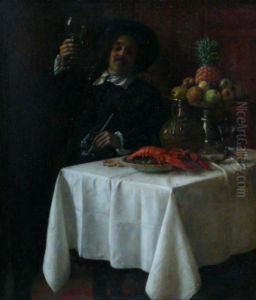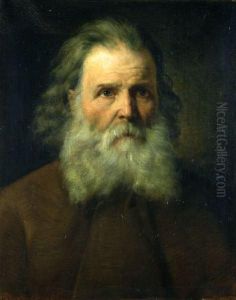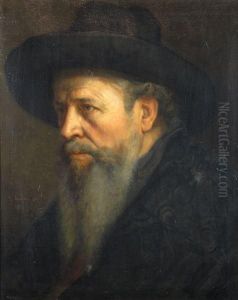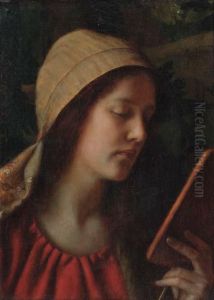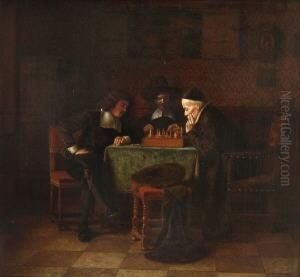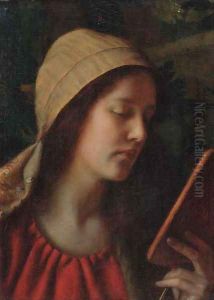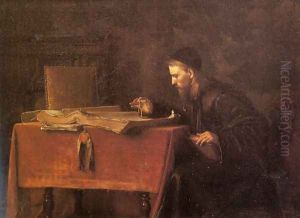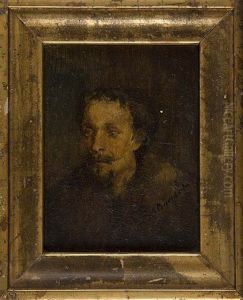Simeon Buchbinder Paintings
Simeon Buchbinder was a Jewish-Polish artist born in 1888 in the town of Brzeziny, which was part of the Russian Empire at the time and is now in Poland. His early life and education details are rather obscure, but it is known that he developed an interest in art at a young age. Buchbinder's artistic journey was shaped by the turbulent times in which he lived, including World War I and the interwar period, which were marked by significant political and social changes, especially for the Jewish communities in Eastern Europe.
His work is often characterized by its strong emotional content, expressive use of color, and themes that frequently drew from Jewish life and culture. Buchbinder's paintings often depicted the struggles and joys of daily life in the shtetls, the Jewish villages of Eastern Europe, thereby providing a visual record of a way of life that was soon to be destroyed during the Holocaust.
As the rise of Nazism in Germany and the spread of anti-Semitic policies throughout Europe escalated, Jewish artists like Buchbinder found themselves increasingly marginalized. The outbreak of World War II and the invasion of Poland by Nazi Germany in 1939 led to devastating consequences for the Jewish population. Buchbinder's circumstances during this period are not well-documented, but it is generally acknowledged that he perished in 1941 during the Holocaust.
Due to the tragic events of the war and the destruction of many Jewish communities in Poland, much of Buchbinder's work may have been lost or destroyed. However, some pieces survived and have been exhibited posthumously, allowing Simeon Buchbinder's artistic legacy to endure beyond the atrocities of his time. His works serve not only as artistic achievements but also as poignant reminders of the vibrant Jewish culture that once flourished in Eastern Europe.
